The pets (and people) of UNTHSC
By Jan Jarvis
Whether it’s a feline friend or a gregarious goat, pets play a unique role in people’s lives – including those who work at UNT Health Science Center.
Here we feature people from across campus, and the pets that light up their lives.
J.D. the bull; Egeenee Daniels, DVM
Most bulls become aggressive when they get to be a year old, said Egeenee Daniels, Director of Lab Animal Medicine.
“They try to run over you and, well, they act like a bull,” he said. “Not this guy. He thinks he’s a dog.”
At 6, Dr. Daniels wanted to be a veterinarian. At 15, he started working as a ranch hand to support his family following his father’s death and his mother’s cancer diagnosis. He told his mother that his dream was to live on a farm and hang out with cows and horses all day.
After graduating from veterinarian school, he did his residency in biomedical research and took a job at UNT Health Science Center. Nearly three decades later, he divides his time between his job and his home, Shiloh Ranch, in Benbrook. He also owns the Louisiana ranch where he worked as a teen.
“My father was a science teacher and my grandfather was a cowboy,” he said. “I have the best of both worlds.”
Sister the horse; Tito Nelson, veterinary technician
Little Miss High Society could whip around a racetrack at record speeds.
But the racing life was not for this girl, and Little Miss High Society soon traded the glitz of the track for a more relaxed lifestyle in Alvarado. Tito Nelson changed her name to Sister and trained the horse to be a barrel racer.
“Saddles, buckles, boots, gift certificates, money – I won a lot on her,” Nelson said.
When daughter Tatum or Tito saddle up Sister to practice barrel racing, they have an attentive audience that includes dogs Max, Quincy and Pickle, cats George, Jim and Melvin, and a pig, Henry.
For Nelson, caring for animals at work and at home is a dream come true. She got hooked on the rodeo life in high school. In college, she studied to be a researcher and planned to be a vet tech, but she never stopped loving barrel racing.
“The first big paycheck I got I went out and bought a horse,” she said.
Tatum will be away at college this fall, but that doesn’t mean Nelson’s favorite horse is ready to be put out to pasture.
“She may be faded out and fat,” Nelson said. “But we’ll never have another horse like Sister.”
Murphy the cat; Rebecca Cunningham, PhD
Three years ago, radioactive iodine treatment for thyroid cancer forced Rebecca Cunningham to spend a week in isolation. No one in her family could come within six feet of the Associate Professor of Physiology and Anatomy.
For Murphy, a ginger tabby who slept curled up in the crook of Dr. Cunningham’s arm every night for 13 years, the experience was devastating.
“He’d just slam himself against the bedroom door,” she said. “Then I’d see his little paw poking out from under the door.”
Eventually Murphy and Dr. Cunningham were reunited, and he returned to his rightful spot in the bed, where he has slept every night since her recovery from cancer. Murphy is happy at last but still suffers from separation anxiety.
“He hates closed doors,” Dr. Cunningham said. “Closed doors mean something bad to him.”
Kansas City the goat; Jerry Simecka, PhD
Kansas City loves to climb on everything, but his favorite place is Jerry Simecka’s lap.
The longhaired miniature fainting goat was just six weeks old when he arrived at the Weatherford home that Dr. Simecka shares with his wife, Leslie.
“I could hear him making goat noises and the next thing I knew he had crawled up in my lap,” said Dr. Simecka, UNT System Regents Professor of Pharmaceutical Sciences. “He just wanted to be held.”
Today K.C. is grown and weighs about 60 pounds, but this big baby still likes to be held.
Dr. Simecka, who grew up in Southern California, never imagined that one day he would be living in the country with a bunch of animals: 14 chickens, four cats, three tarantulas, three lizards, two dogs, two goats, two miniature donkeys and a Welch pony.
“They’ve all gotten used to each other, but when the goats want to play, they’ll head-butt the dog,” he said. “Even that doesn’t really bother him.”
Ty the dog; Lynley Dungan, Chief Information Officer
With his Farrah Fawcett mane and perennial grin, 85-pound Ty can definitely stop traffic.
And that’s exactly how this fluffy 4-year-old golden doodle likes it.
“He just loves all the attention,” said Lynley Dungan. “If we go to Lowe’s and people don’t pay enough attention to him, he gets this big attitude and starts giving people his puppy eyes.”
Ty recently earned the highest marks possible on his test to become a registered therapy dog. The family started his training early by exposing him to all kinds of environments.
“We go all over DFW with him, up escalators, in the Apple store and downtown around horses, so he’s exposed to different noises and situations,” Dungan said.
He’ll continue his training by shadowing a dog-training team during visits to hospitals, schools and nursing homes. Then he and Dungan will work on their own.
“He loves to make people happy.” Dungan said. “I think that’s why he’ll make sure a good therapy dog.”
Butter and Bentley the bunnies; Mary Schaaf, social worker
When Butter’s sister Bobbie passed away unexpectedly, Mary Schaaf felt as if she had to adopt another bunny within a few days.
“Our veterinarian told us bunnies can become very depressed when their partner dies,” she said.
Bentley, a very sweet and very lazy bunny from a rescue organization, soon joined the family. The bunnies spend their days in the living room of the family’s Azle home.
“They love to ‘bunny-lax’ together by laying side by side on the floor,” Schaaf said. “Their favorite treats are bananas and cranberries, but they mainly eat Timothy hay and have a salad once a day with kale.”
Schaaf, who works as a social worker in the Seminary Clinic, said she thinks the bunnies are therapeutic.
“As soon as I pick one up at the end of the day, I feel instantly better,” she said.
Cheezers and Cheddars the tortoises; Casandra Luna, Recruitment Admissions Associate, and Austin Luna, Academic Program Coordinator
When Austin and Casandra Luna brought Cheezers home, the Russian tortoise was small enough to hold in one hand.
Seven years later? Not so much.
The tortoise lives in a luxurious, custom terrarium and dines on kale. When the family goes on vacation, Cheezers goes too. On her first trip, she went camping in Abilene State Park.
“We didn’t want to leave her alone,” Austin said. “The first night it got very cold and I kept waking up every hour to turn on the car’s heater to make sure she was warm enough.”
When the couple moved from San Antonio to Fort Worth, Cheddars joined the family. The two girls get along great despite their differences.
“Cheezers is more outgoing.” Austin said. “She’s bigger than Cheddars and she knows it. Cheddars is not comfortable peaking her head out of her shell. If you pick her up, after a while she’ll relax and come out.”
Bandit the snake; Bob Barber, PhD
Two-year-old Bandit was extremely thin when Bob Barber and his son Will found him at a herpetology show.
“He came in a Petri dish,” he said. “He was so small you could hold him in the palm of your hand.”
Today Bandit, a gray-banded king snake, stretches past Barber’s hand and onto his arm.
As pets go, he is a bit of a recluse, according to Dr. Barber, Associate Professor of Pharmacology & Neuroscience. Bandit prefers to hide and spends a lot of time under rocks.
Bandit is just one of the many animals that have found a home with the Barbers. Will, 14, enjoys reptiles of all sorts and his mom, Diane, is curator for cold-blooded animals at the Fort Worth Zoo.
Bob and Diane Barber met while they were conducting genetic research in Madagascar. Since then, toads, geckos and other reptiles have spent time with the family, along with their permanent residents, a dog, three roosters and a cat/
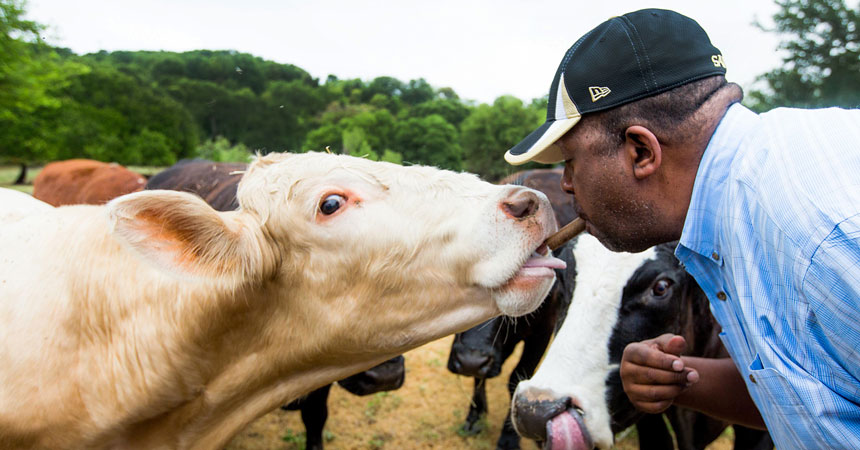
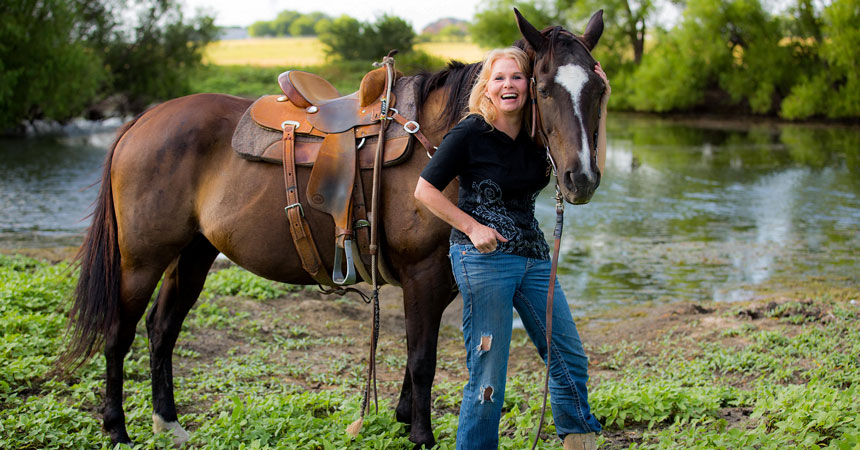
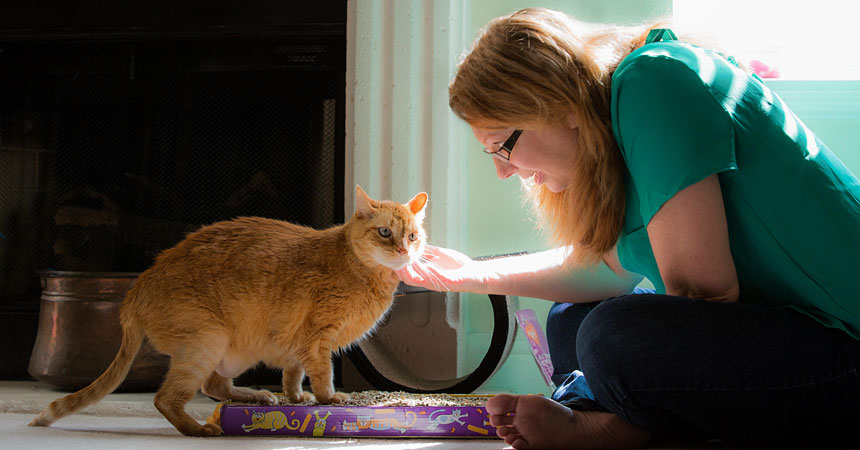
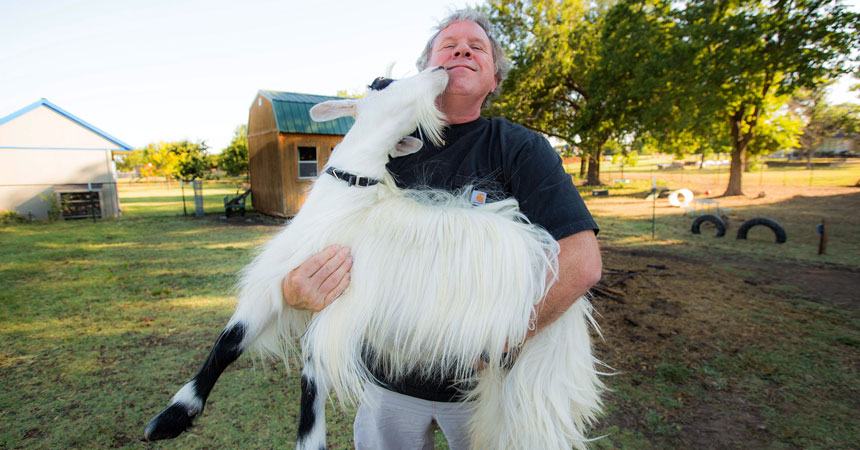
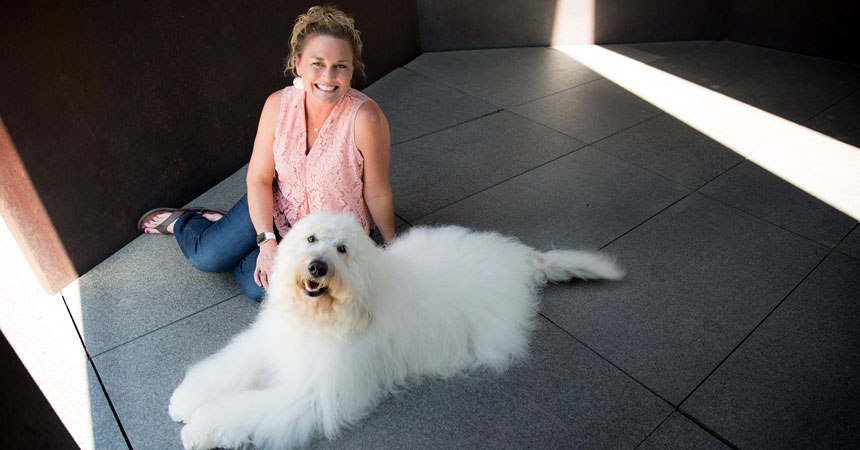
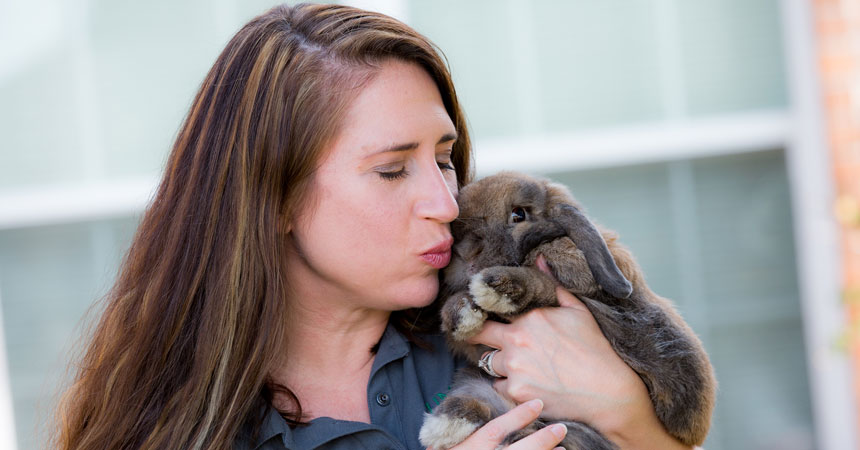
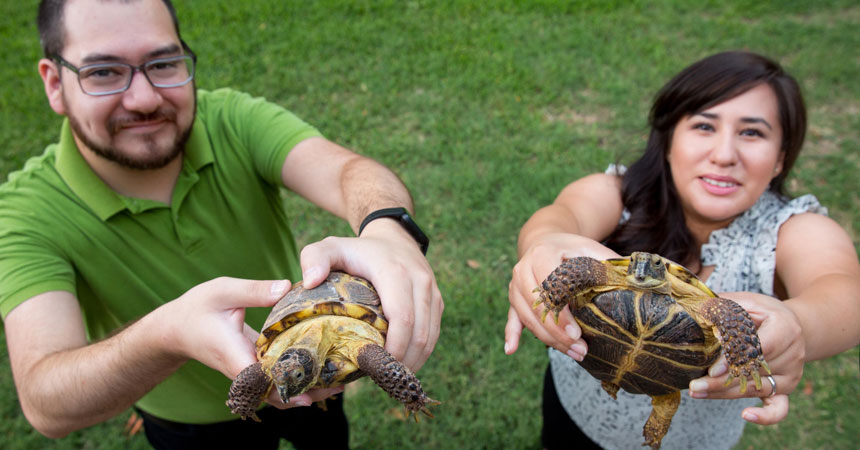
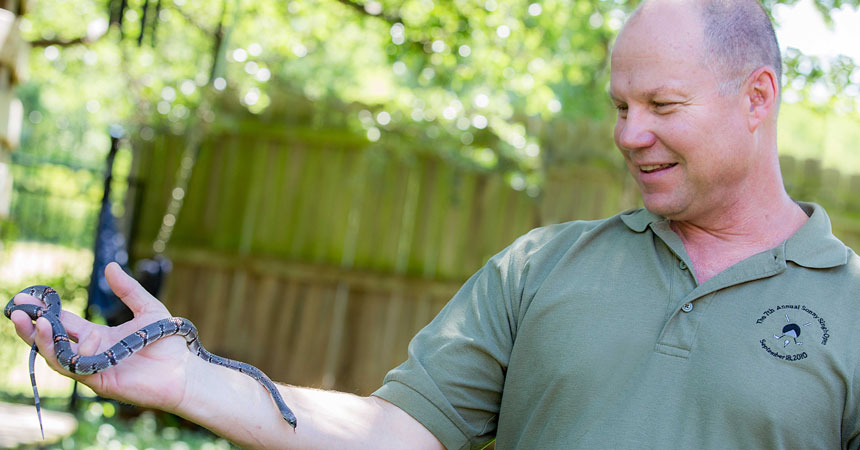
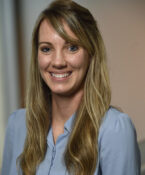
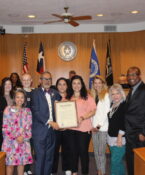

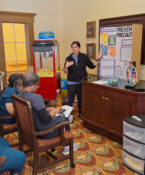

Social media